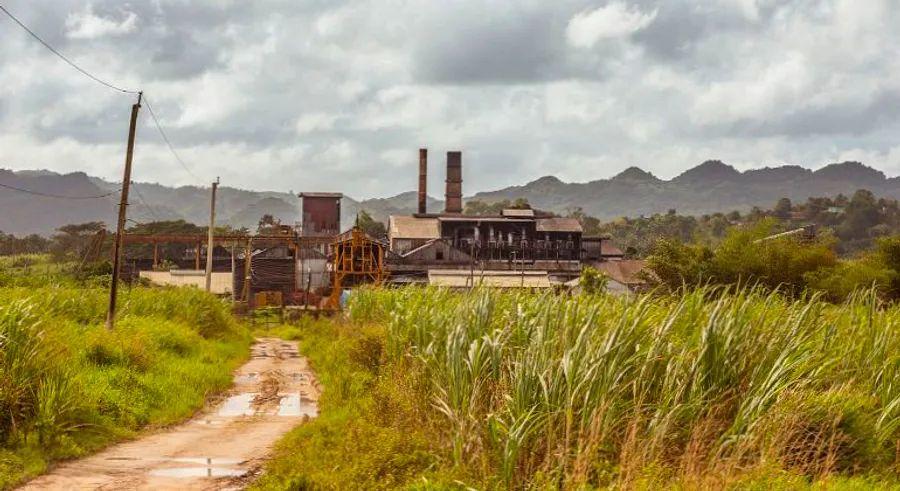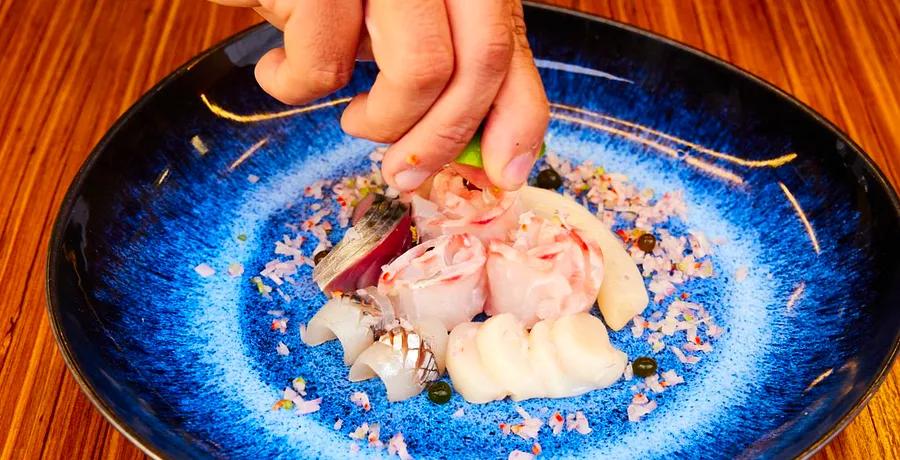The distinctive character of true Jamaican rum is best experienced untouched

As the temperature rises, many find themselves naturally gravitating toward rum. Known for its ties to tropical regions, this spirit often evokes images of vibrant, sugary cocktails best enjoyed by the sea.
This is a reasonable association. Much of the rum found across the United States originates from the Caribbean, with most being distilled from molasses and ending up in classic drinks like daiquiris, mai tais, and piña coladas.

In Jamaica, rum takes on a character that’s best appreciated on its own. This unique quality stems from island traditions that have been passed down for generations.
For those who appreciate this distinctive style, sweetness is the last thing they seek. What they crave is the funk – a bold wave of scents and flavors known locally as 'hogo.' It’s an elusive essence, difficult to put into words, yet once experienced, it’s unforgettable.
A bold, distinctive profile
'Hogo is an unmistakable, earthy quality,' says Joy Spence, the master blender at Appleton Estates. 'It forms a flavor profile that’s like no other in the world, deeply tied to our land and heritage.'
More precisely, it’s the result of complex chemical compounds called esters.
You’ve encountered esters more often than you realize. They’re responsible for the distinctive aromas and flavors found in most fruits. Their influence can even be detected in popular perfumes or colognes.
Esters are also a natural byproduct of alcohol production. So when you pick up familiar fruity notes in a beer or spirit – such as banana, pineapple, or pear – it’s no accident; these drinks likely share certain esters in common.

Since at least the mid-19th century, Jamaican rum producers have honed fermentation and distillation methods that intensify these compounds.
'If a rum lacks depth and the full spectrum of flavors, Jamaicans refer to it as a 'silent spirit,'' a term of derision, explains Alexandre Gabriel, the founder of Plantation Rum.
He co-owns the Long Pond Distillery, located in the north-central part of the island, where sugarcane cultivation and rum distillation have been intertwined since 1753. 'Esters are the essence of flavor, they thrive on alcohol, but they are quite complex and elusive,' he says.
To foster the reliable production of these esters, Gabriel employs several techniques. One key approach is the use of wooden fermenters, in contrast to the typical stainless steel vessels used by most of the industry.
The wooden fermenters enhance the funkiness of the molasses as it transforms into alcohol. Extending the fermentation process by several days also gives the esters more time to develop.
This method is more expensive and is avoided by larger distilleries. However, the real game-changer is a substance known as dunder – the liquid left behind after distillation, which is added back to the fermenters to boost flavor development.
The secret ingredient
Some distilleries take this enhancement even further — both literally and figuratively.
Just outside the brewhouse, the dunder, along with other byproducts of the production process, is discarded into an unassuming trench. This is known as the muck pit. While it may not look like much, it's a crucial environment where bacteria and acids work to intensify esterification. The exact contents of this pit are closely guarded by the distillers.
'You feed it organic matter like cane stalks and remnants from previous fermentations [also known as dunder],' says Gabriel. 'But I’d be in serious trouble if I shared any more details.'

In fact, don’t count on seeing this part of the process during your next Jamaican distillery tour. Not that it's unworthy of attention – for true spirit enthusiasts, it could be the most fascinating part of the entire experience. However, most distillers would be reluctant to show this part of production to outsiders.
The secrets behind its development are as mysterious as the origins of rum itself.
'I’m not sure anyone knows exactly how it began,' admits Wayne Curtis, author of 'And a Bottle of Rum' and a specialist in the history of rum.
'This is pure speculation, but it's likely that leftover stillage was dumped into a waste pit near the distillery. After all, who wants to haul that stuff out to the fields? It naturally started fermenting again, and at some point, someone noticed it had turned sour and acidic – and that it could possibly assist a sluggish fermentation later on. The results were … intriguing.'
Muck and molasses
By pure chance, the muck found its way back into active production, along with the freshly fermented molasses. 'Tweaking began, leading to unique flavors,' says Curtis. 'And so it became a formal part of the process.'
Today, the muck holds almost a sacred importance for those responsible for managing it. This includes distilleries like Hampden, New Yarmouth, and Long Pond, the latter of which Alexandre Gabriel revived in 2017 after almost five years of inactivity.

Gabriel recalls that even while the distillery remained closed, locals continued to nurture the muck pit, keeping it alive. After a fire broke out in July 2018, he remembers 30 firefighters working tirelessly to save the property, especially the muck pit. Remarkably, it survived untouched.
Rum bottled at Long Pond now carries a number on its label, an 'ester count' determined by gas chromatography. Plantation’s 2018 release, Xaymaca Special Dry, boasts 156 grams per hectoliter. In contrast, the most intense rums in the category can reach as high as 1000g/hL.
As Gabriel puts it, 'Drinking that rum is like attending an AC/DC concert and standing right next to the speakers.'
Appleton Estate, on the other hand, has always favored a more balanced approach. They avoid using the muck entirely, instead presenting a full range of citrus flavors crafted through traditional distillation methods.
Traditional techniques
While much of the world embraced the efficiency of column stills in the 19th century, the Jamaicans largely held onto their traditional copper pot stills. These older, more costly systems were harder to operate, but they preserved the bold, funky notes that locals preferred. You can still witness this equipment in action at the 270-year-old distillery.

'The distinctive shape of our copper pot stills gives our rum its signature orange peel top note,' says Spence. With over 23 years of experience, she can perfect the process with her eyes closed. 'Distillation is an art and a science, where skill and craftsmanship are just as important as chemistry.'
Long before modern labs and chromatography, Jamaicans were already perfecting the art of crafting full-flavored rum.
These intricate and refined spirits are no different from the expensive bourbons and scotches that line the shelves of today’s liquor stores – best enjoyed neat, on the rocks, or with just a splash of water.
'A perfect example is one that’s full and rich, almost overflowing,' says Curtis. 'It’s a flavor that dares you to tame it.'
But in reality, you’re more likely to embrace it. As Spence highlights, 'Rum is a vital part of Jamaican culture.' So, counting esters might be beside the point. Any rum from this region will undeniably carry the soulful essence of the island that gave it life. And that essence can't be measured.
All of the rums mentioned here are widely available across the United States, particularly Appleton, a major brand distributed by Campari. Plantation leans more toward the artisanal side, but can still be found in most large markets. Hampden Estate and Clarendon are the more niche options among the list.
Thanks to platforms like wine.com, even the more niche rums are easily accessible.
1

2

3

4

5
Evaluation :
5/5